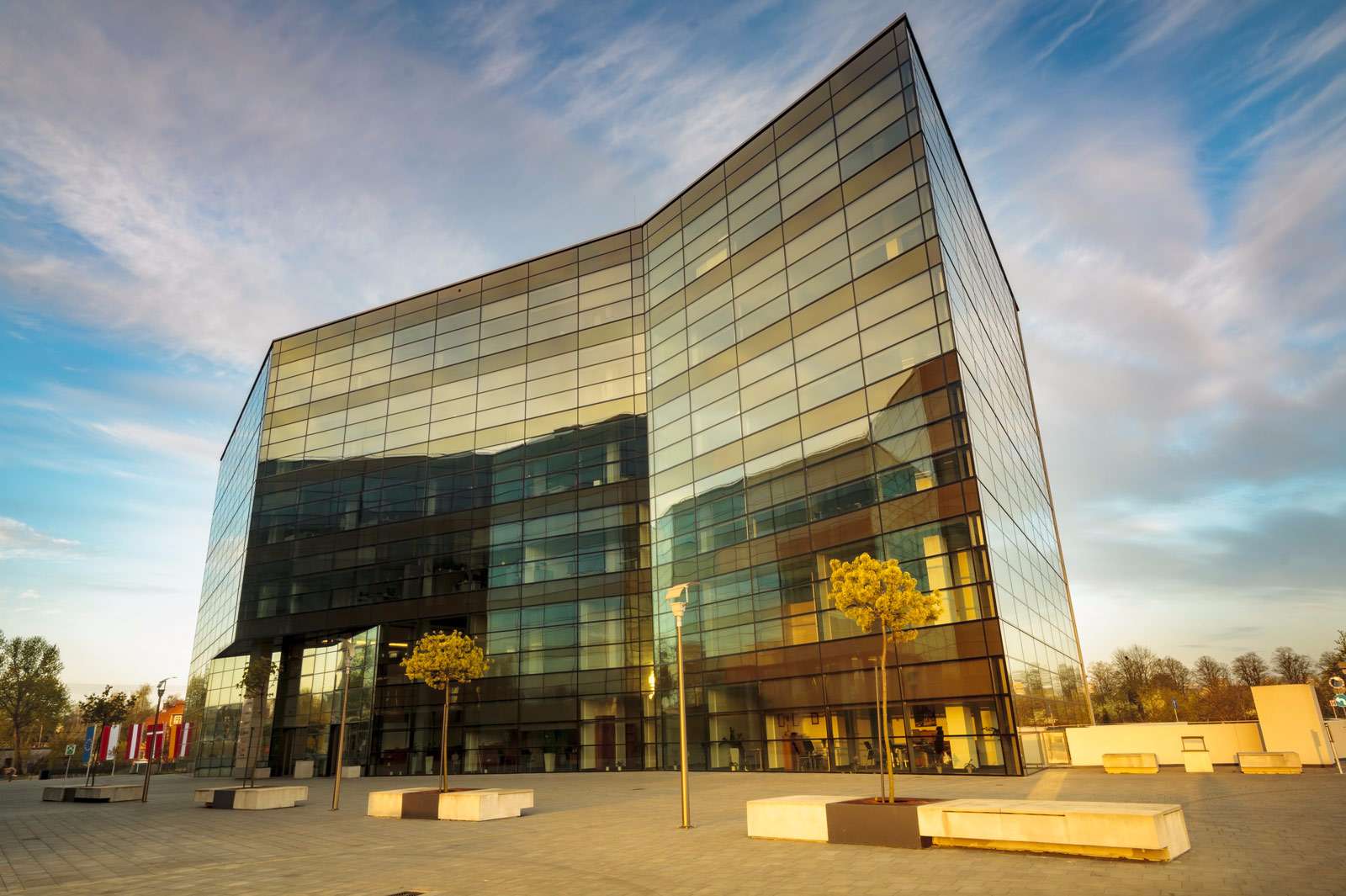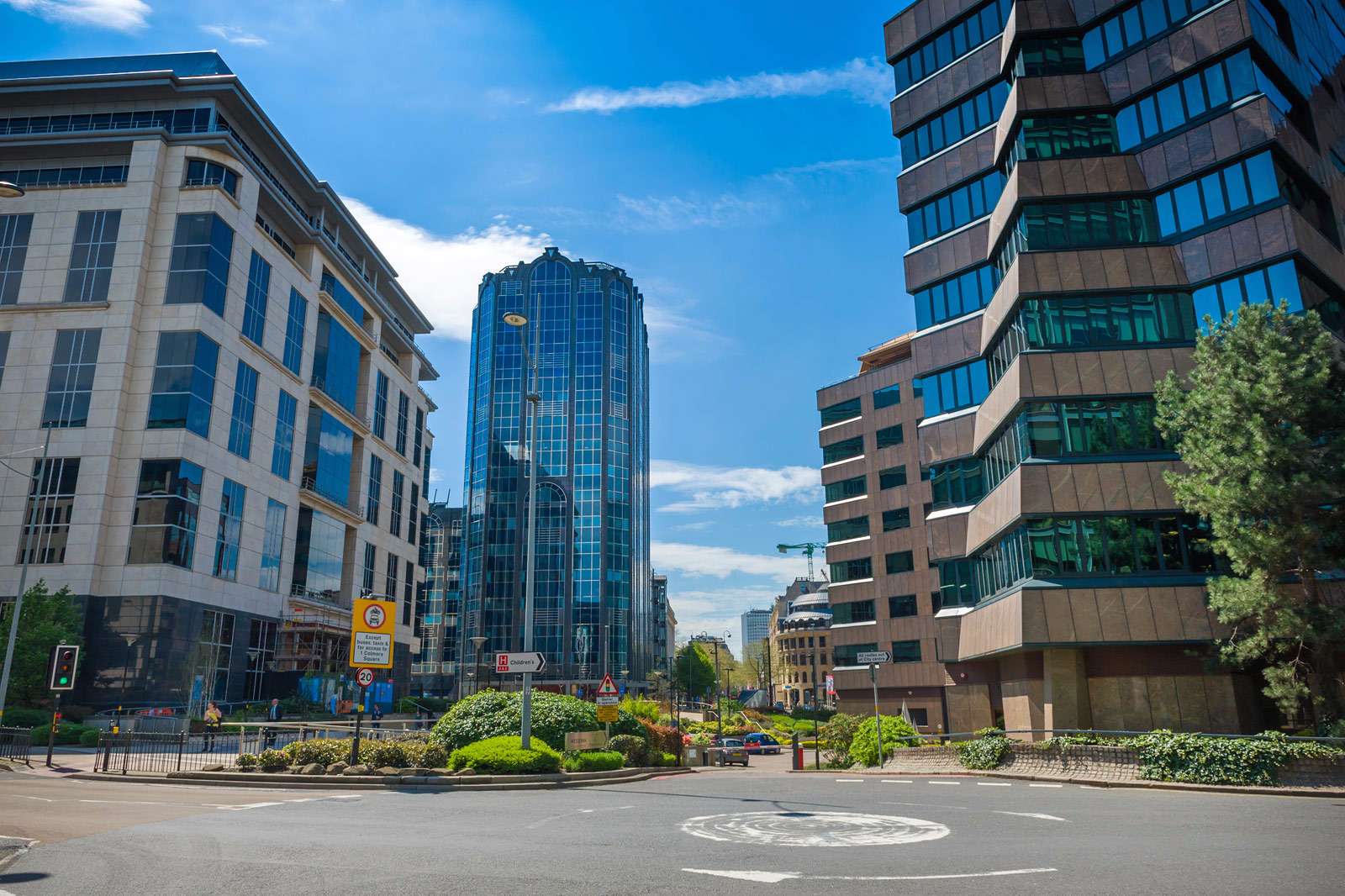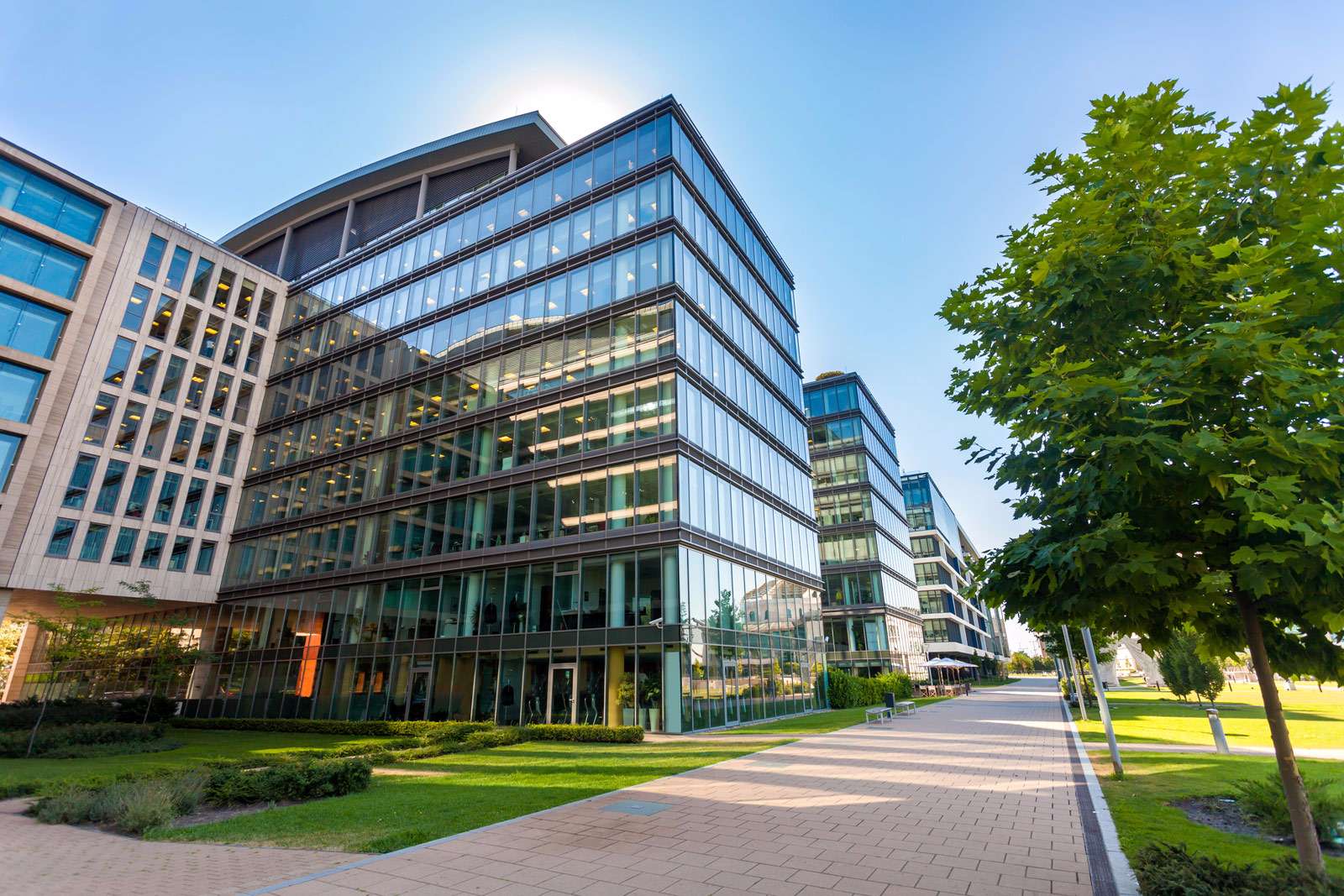




Landscaping Overview
This involves the planning, designing and managing of open spaces to create urban and rural environments.
Landscape design can be incorporated into a wide variety of projects, from parks and green spaces, to gardens, sports sites and large estates such as housing developments, business parks, universities, hospital complexes, and so on. It may be used to regenerate or improve sites such as brownfield sites or contaminated sites and may be part of a biodiversity offsetting programme to help mitigate for the loss of habitat that may result from a new development.
Among its many uses and benefits, landscape can help soften spaces between buildings, can provide links between spaces, can provide a route for people, water and animals, can provide a space for contemplation, assembly or recreation, can provide a space for gardening, can help improve environmental quality, and so on.
Request a quote and calculate the cost of the project
What is involved
Landscape design involves the arrangement of a wide range of elements, including:
- The landform itself.
- Built structures.
- Circulation routes, such as roads, paths, steps, ramps, railings, and so on (including accessibility considerations).
-
Vegetation and planting
Landscape design is often divided into ‘softscape’ or ‘soft landscape’ and ‘hardscape’ or ‘hard landscape’
Landscape Architecture
At Movi Holdings, we work to protect, conserve and enhance the natural and built environment for the client benefit.
Landscape architecture is rooted in an understanding of how the environment works and what makes each place unique. It is a blend of science and art, vision and thought. It is a creative profession skilled in strategic planning, delivery and management.’
Personal Wellbeing
A well-designed and maintained landscape can attract people to a site and can have a positive impact on property value and personal wellbeing.
